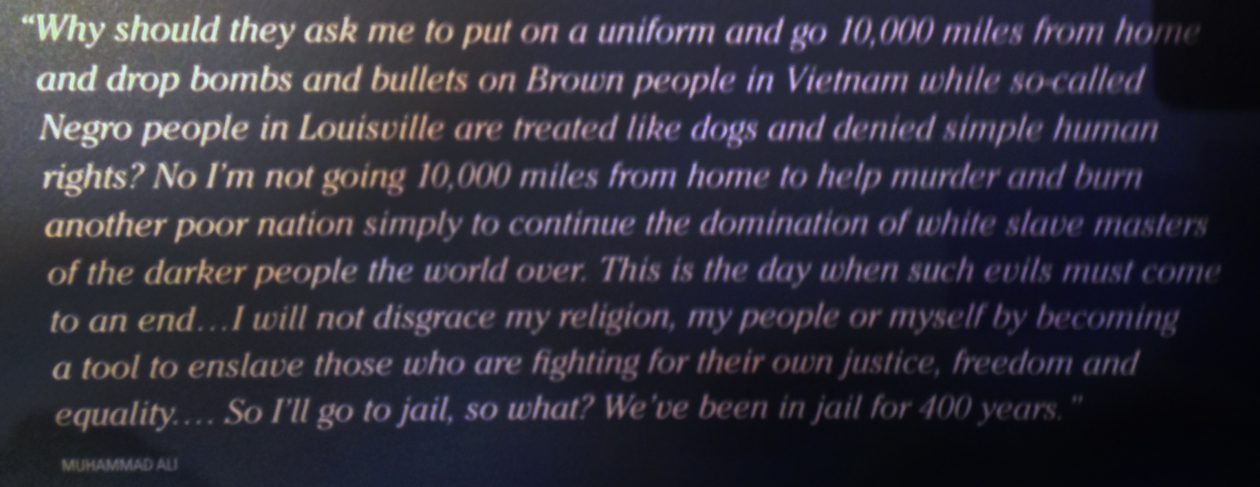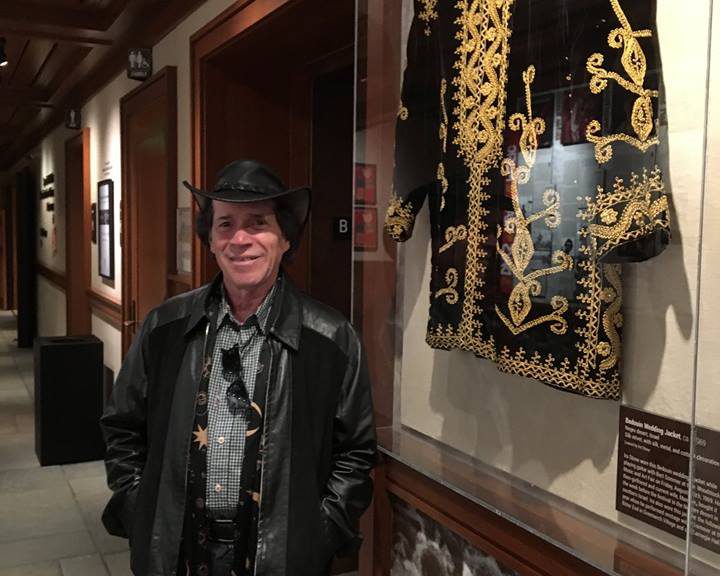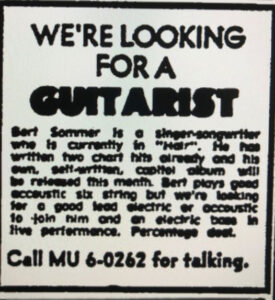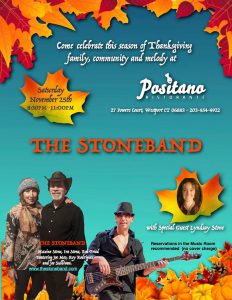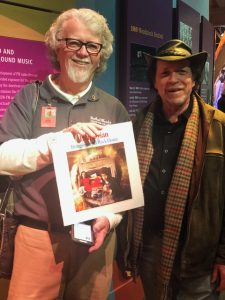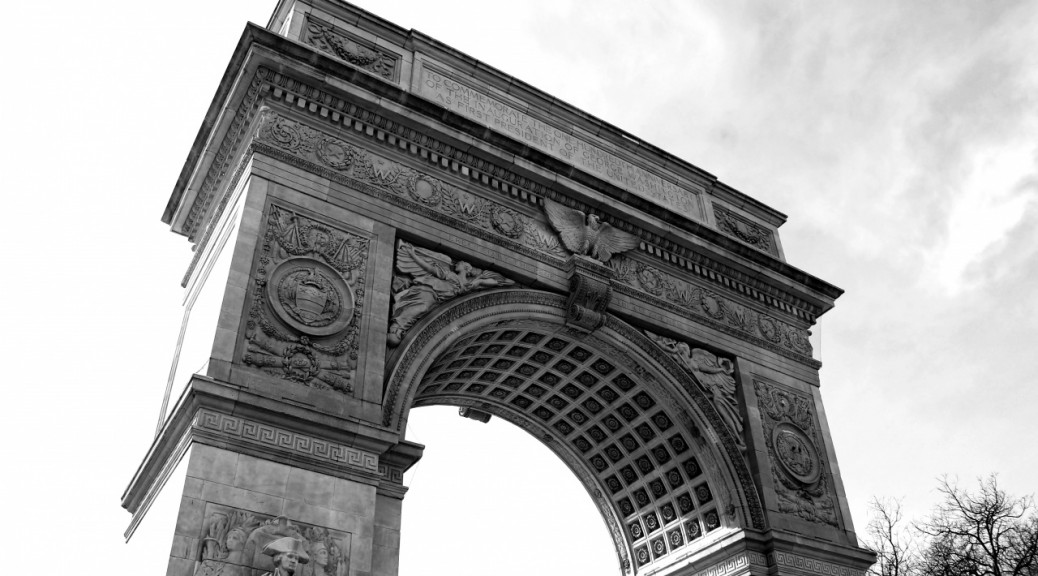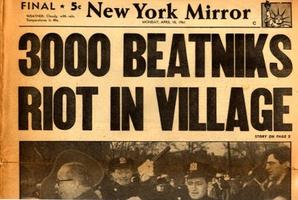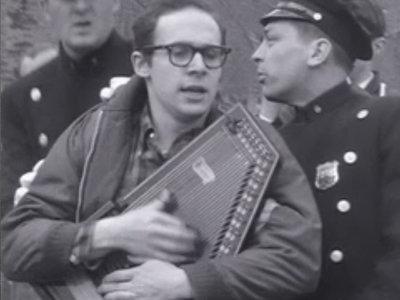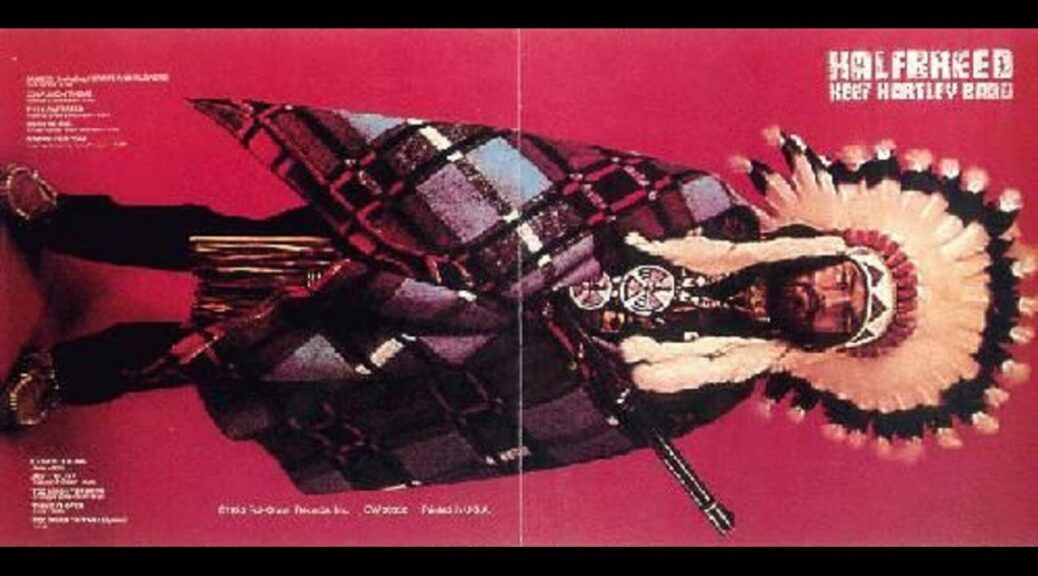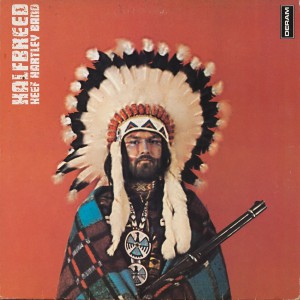Woodstock Performer Ira Stone
Happy birthday
April 10, 1948
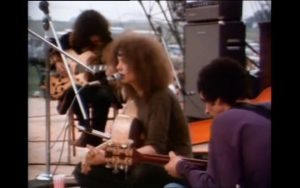
Starting out, we may think our path will be a singular one. Simple. Straightforward.
Looking back we can see that there were many places where we made a choice or Fortune turned us in a direction that led to places we could never have anticipated.
Woodstock Performer Ira Stone
Queens, NY
In the early 1950s, when Ira Stone was a toddler growing up in Queens, NY and playing piano, how could he or anyone have predicted that in 1969 he’d play guitar on a damp stage in upstate New York in front of 400,000 people at the Woodstock Music and Art Fair?
In high school, Ira Stone met Jonny and Jeff Geist. They played guitar and Ira took lessons from Jonny. They had a band called the Fortunes and played behind acts that WMCA-AM’s DJs, the “Good Guys” produced.
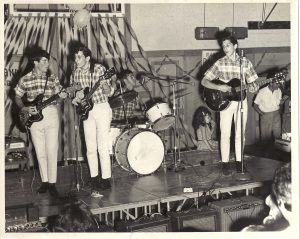
Woodstock Performer Ira Stone
The Last Word
Other bands followed, including The Last Word, which released a single called “Hot Summer Days.”
Woodstock Performer Ira Stone
Leslie West and Bert Sommer
In the mid-60s, Stone lived in Westbury, Long Island and had a band called the Stonehenge Circus. As happens with most bands, while playing gigs he befriended other musicians. One of those musicians was Leslie West from the Vagrants. It was through that friendship that Stone met Bert Sommer who wrote some songs for the Vagrants.
Taking work from whence it came, Stone became part of The Music Explosion road band. Little did I realize that a band’s members not only have not played on their hit, but even if they had, they might not always be the band you saw at a concert.
Woodstock Performer Ira Stone
Road band
The Music Explosion had a “A Little Bit of Soul” hit and occasionally Stone was part of their road band. Later he became part of the Crazy Elephant road band.
In 1969, back in New York, he saw an ad in the Village Voice. Bert Sommer, a star in the play Hair, was looking for a guitar player. Capital Records (think Woodstock Ventures’ Artie Kornfeld) had just released Sommer’s first album and Kornfeld had invited Sommer to play at Woodstock.
Stone replied to the ad. Stone and Sommer hit it off. Stone got the gig.
Woodstock Performer Ira Stone
Woodstock Music and Art Fair
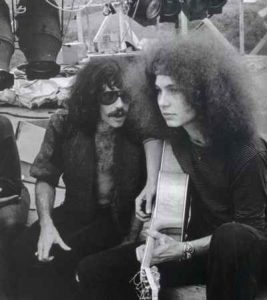
Bert Sommer’s appearance at Woodstock (and thus Ira Stone’s appearance at Woodstock) did not have the impact that others’ appearances had. He was not in the movie, nor on the album. Had either happened future paths might have changed.
Woodstock Performer Ira Stone
Ira Stone’s Woodstock story
But he did have his story to share:
“In 1969 I answered an ad in the Village Voice newspaper. They were looking for a guitar player to work with a Capitol Records recording artist. I had seen Bert around because he wrote a few tunes for the ‘Vagrants’; Leslie West’s band before ‘Mountain’. Leslie and I were friends, played guitar together and hung out back then. Bert met with us (my wife Maxine & I) before he had to go play ‘Woof’ in “HAIR”. We both took our guitars out and started to tune down to open ‘D’ at the exact same time. That was a magic moment because not many guitar players were using an open D tuning at that time. We then played ‘Jennifer’ from his first album. Little did I know that our very first gig would be at the Woodstock Festival and we’d open with that song!”
“We arrived in upstate New York on Thursday and hung out until Friday when we had to get to the festival site. The caravan of cars that we were in got caught in the traffic gridlock so we had to wait in a big field for a helicopter to fly us over the hill to the stage area. Can you imagine waiting in a field with (among others) the Maharishi, Tim Hardin, & Bert ~ not too surreal. None of us realized the scope of this event until the chopper cleared the hillside. Then we were in awe! All we saw were hundreds of thousands of undulating colors. So many people. It was a sight that I will never forget!”
“We went on stage and played a full 10 song set. The eighth song into the set, we did that cover of Simon & Garfunkel’s ‘America’ and got the only standing ovation of the Festival. Looking into Bert’s eyes and hearing the roar of that huge audience… WOW! We finished our set and were totally blown away. All of us were unaware at that time what this concert would later become!” The spirit of a generation… The Woodstock Generation!”
And regarding wife Max’s role at Woodstock: Maxine was on stage with us but did not sing. She wrote some of the guitar and Hammond parts that I played and was always helping us at the many rehearsals at the the studio and Bert’s apartment! She and I were helicoptered in together after waiting in the field with Tim Hardin, Bert and the Swami!”
Woodstock Performer Ira Stone
Other paths
Ira Stone
Stone continued working with Sommer. One of Stone’s most vivid memories is opening for Poco at Carnegie Hall on February 12, 1971. He traveled to India for a couple of years performing and writing songs while living in there as well as Thailand, Malaysia, and Indonesia. In 1982, Stone, his wife Maxine, and other formed Max. It stayed together until 1985 after which Ira and Maxine performed together. “We were still playing in many different incarnations. We did some solo gigs, just me and Maxine between 1985 and 1989.“
Woodstock Performer Ira Stone
Stoneband
Since 1995 he, Maxine and others formed and continue to play as Stoneband.
Most of this information was gotten from Ira’s site. The site has lots of pictures, especially of his gear.
Also, if you’re looking to listen to Ira’s Stone Band, check out…
